Are you gearing up for your next thrilling adventure in the great outdoors? Whether you’re a seasoned backpacker or just starting out on your backpacking journey, one of the critical factors that can determine the success of your trip is how well you pack your backpack. In this comprehensive 3000-word article, we’ll walk you through the 19+ essential items that should make their way into your backpacking packing list. We’ll cover everything from shelter and clothing to cooking gear and first aid, ensuring that your next backpacking expedition is nothing short of amazing. So, let’s dive in and get your packing list optimized for your next adventure!
1. Backpack Selection
Your backpack is essentially your home on the trail. Choosing the right one is crucial. Look for a backpack that:
- Fits Comfortably: Make sure it sits well on your shoulders and hips.
- Is Adjustable: Opt for one with adjustable straps to ensure a custom fit.
- Has Ample Compartments: Multiple pockets and compartments will help you stay organized.
2. Shelter and Sleeping Gear
Tent or Hammock: Your choice depends on your comfort and the terrain you’ll encounter.
A tent provides a more enclosed space and is great for protection from the elements. On the other hand, a hammock is lightweight and ideal for fair weather conditions.
Sleeping Bag: The right sleeping bag keeps you cozy during the night. Choose one that’s appropriate for the season and expected weather conditions.
Sleeping Pad: This provides insulation from the cold ground and adds a layer of comfort to your sleep.
3. Clothing Essentials
The clothes you pack should be suitable for the weather you’ll face on your trip:
Moisture-Wicking Base Layers: These will keep you dry by wicking sweat away from your skin.
Insulating Layers: For colder weather, pack insulating layers to keep warm.
Waterproof Jacket: Protect yourself from rain and wind with a good quality waterproof jacket.
Convertible Pants: These versatile pants can be converted into shorts, making them ideal for changing weather conditions.
Extra Socks: Keep your feet dry and blister-free with extra pairs of socks.
4. Footwear Matters
Investing in quality footwear is paramount:
- Hiking Boots: Opt for sturdy hiking boots or trail shoes that provide good ankle support and are suitable for the terrain you’ll be traversing.
5. Cooking Gear
Proper nutrition is vital on a backpacking trip. Here’s what you’ll need for meal preparation:
Camp Stove: Portable and efficient, a camp stove allows you to cook meals even in remote locations.
Cookware: Lightweight pots and pans are essential for preparing your trail meals.
Utensils: A spork, a combination of a spoon and fork, is a backpacker’s best friend. It’s lightweight and versatile.
Food Storage: Ziplock bags are handy for storing food, and they take up minimal space.
6. Hydration Solutions
Staying hydrated on the trail is non-negotiable. Pack:
Water Bottles or Hydration Bladder: Ensure you have enough capacity to carry sufficient water for your trip.
Water Purification: Filters or purification tablets to make sure your water is safe to drink.
Collapsible Water Container: This is a smart backup in case you need to carry extra water.
7. Navigation Tools
Getting lost in the wilderness is no fun. Be prepared with:
Map and Compass: These are essential tools for navigation, especially in areas with poor GPS signal.
GPS Device: For precise location tracking, a GPS device can be a lifesaver.
Trail Guide: Familiarize yourself with your route using a trail guide or map.
8. Safety and First Aid
Safety should always be a top priority:
First Aid Kit: Your first aid kit should include bandages, antiseptic wipes, pain relievers, and any personal medications you might need.
Emergency Whistle: A whistle is a simple but effective tool for signaling for help if needed.
Fire Starter: Waterproof matches or a reliable lighter can be essential in emergencies.
9. Toiletries and Personal Care
Maintaining personal hygiene is crucial:
Toothbrush and Toothpaste: A compact toothbrush and travel-sized toothpaste will help you keep your teeth clean.
Biodegradable Soap: Look for eco-friendly, biodegradable soap to minimize your environmental impact.
Sunscreen and Bug Spray: Protect your skin from the sun’s rays and pesky insects.
10. Entertainment on the Trail
While it’s essential to connect with nature, a little downtime can be enjoyable:
Book or Kindle: A good book can be your best friend during solo trips or quiet evenings at the campsite.
Playing Cards: A deck of cards is lightweight and perfect for campsite bonding.
Journal: Document your journey, sketch, or simply jot down your thoughts and reflections.
11. Emergency Essentials
Sometimes, the unexpected happens:
Emergency Blanket: This lightweight, space-saving item provides warmth and can be a lifesaver in extreme conditions.
Multi-tool: A multi-tool is handy for various tasks, from gear repairs to food preparation.
Duct Tape: Known as the ultimate fix-all, duct tape can temporarily patch up almost anything.
12. Food and Snacks
Plan your meals wisely:
Lightweight and Non-Perishable Foods: Consider energy bars, dehydrated meals, and nuts. These are easy to pack and provide the energy you need on the trail.
Compact Stove: If you plan to cook hot meals, a compact stove is a must.
13. Backpack Organization
Keeping your gear organized is key:
- Stuff Sacks or Packing Cubes: These help compartmentalize your belongings, making it easier to find what you need and keeping your backpack tidy.
14. Leave No Trace Principles
As responsible backpackers, we must respect and protect the wilderness:
- Follow the Leave No Trace principles to minimize your impact on nature. This includes packing out all trash, staying on designated trails, and respecting wildlife.
15. Backpacking Etiquette
Respect fellow backpackers and the environment:
- Keep Noise Levels Down: Loud noises can disrupt the tranquility of the wilderness.
- Yield the Trail: When encountering others on the trail, yield the right of way to those going uphill.
- Practice Proper Waste Disposal: Use established toilets or follow Leave No Trace principles for waste disposal.
16. Wildlife Awareness
Safety in wildlife areas is paramount:
- Learn About Local Wildlife: Before your trip, educate yourself about the wildlife in the area you’ll be visiting. Know how to safely store food and what to do in case of animal encounters.
17. Budget Backpacking Tips
Backpacking doesn’t have to break the bank:
Rent or Borrow Gear: If you’re just getting started, consider renting or borrowing gear to save on costs.
Buy Used Equipment: Gently used gear is often available at a fraction of the cost of new equipment.
Plan Your Meals: Carefully plan your meals to minimize food waste and expenses.
18. Choosing the Right Trail
Selecting the right trail is essential for a successful backpacking trip:
- Research Trails: Look for trails that match your skill level and interests. Some trails may require permits, so be sure to check and obtain them if necessary.
19. Conclusion
Congratulations! You’re now equipped with the knowledge to create an optimized backpacking packing list for your next adventure. Remember to adapt this list to your specific needs and the unique challenges of your trip. Prioritize safety, environmental stewardship, and the enjoyment of your wilderness experience.
20. FAQs – Your Backpacking Queries Answered
Q1: What’s the most important item on a backpacking packing list?
A1: The most crucial item is your backpack itself. Make sure it’s comfortable and suits your needs for the trip.
Q2: Do I need a four-season sleeping bag for all backpacking trips?
A2: Not necessarily. Choose your sleeping bag based on the season and expected weather conditions of your trip.
Q3: How can I stay safe while backpacking in bear country?
A3: In bear country, use bear canisters for food storage, make noise to alert bears to your presence, and carry bear spray for added protection.
Q4: Are there any eco-friendly toiletry options for backpacking?
A4: Yes, there are eco-friendly options such as biodegradable soap and toothpaste. Look for products that minimize their impact on the environment.
Q5: What’s the best way to save on backpacking gear?
A5: To save on backpacking gear, consider renting or buying gently used equipment. Additionally, keep an eye out for sales and clearance events to snag deals on new gear.
In conclusion, your backpacking adventure awaits, and with the right packing list, you’re well on your way to an incredible journey through the great outdoors. Happy trails!

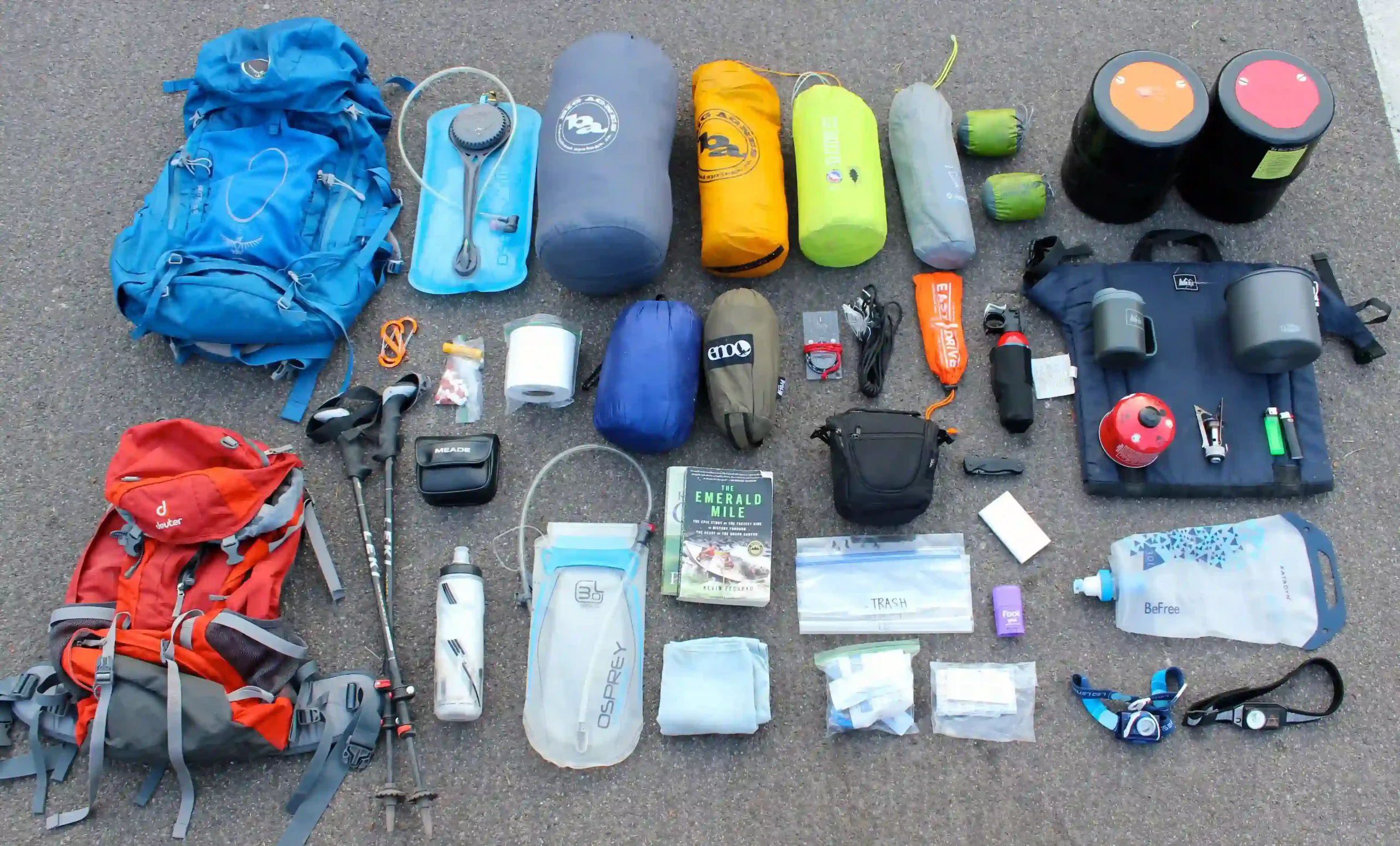

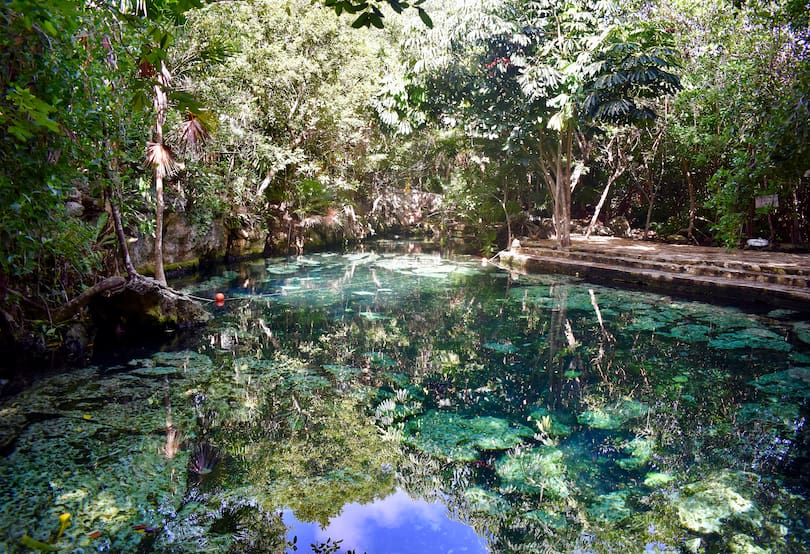

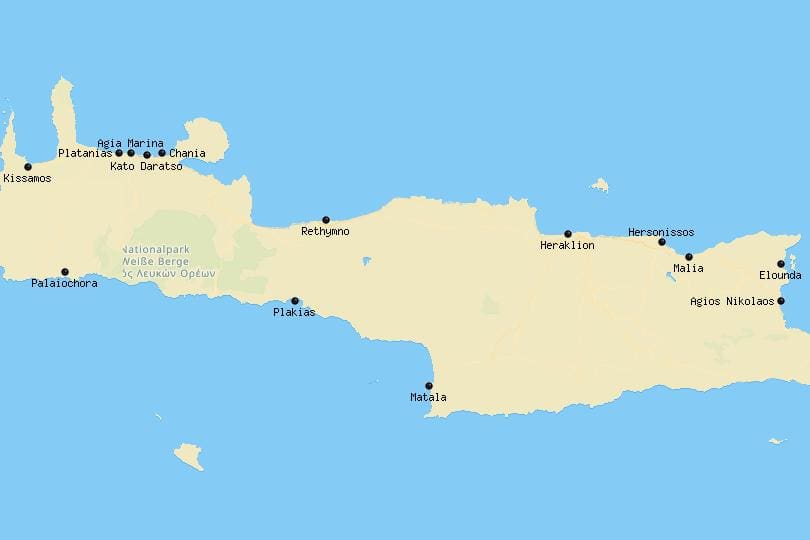


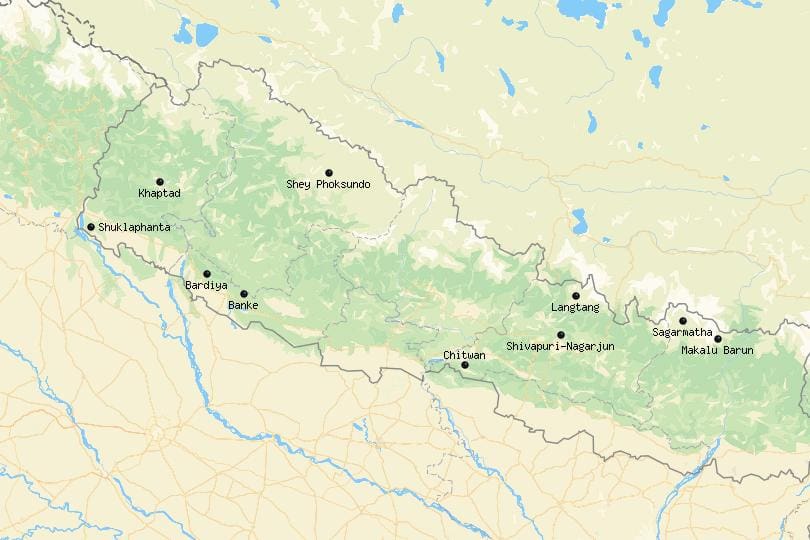

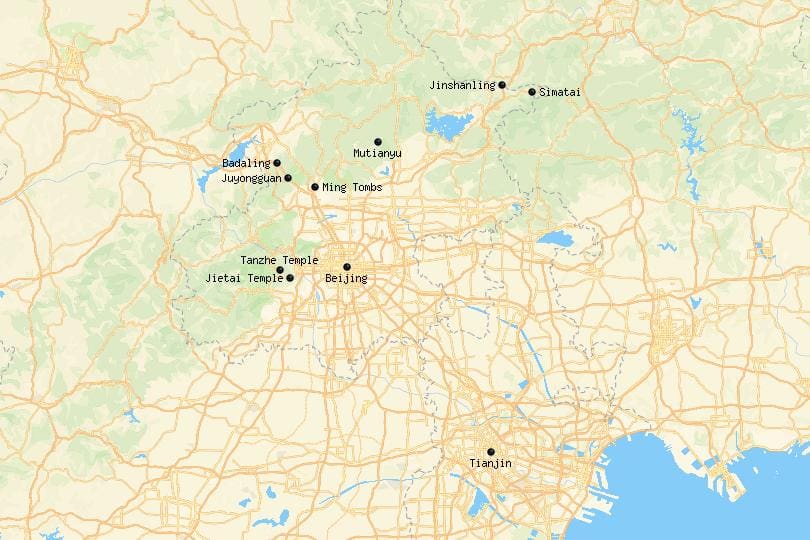


Valuable information. Lucky me I found your website by accident, and I am shocked why this accident didn’t happened earlier! I bookmarked it.